In the digital age, the intersection of technology and environmental conservation is more critical than ever. “Conservation and IoT: Tech for the Earth” delves into how the Internet of Things (IoT) is becoming a pivotal ally in our quest to protect and preserve the planet. This article explores the innovative ways in which IoT is being applied to conservation efforts, the benefits it brings, and the future it is helping to shape for a sustainable earth.
IoT, with its network of interconnected devices and sensors, offers unprecedented opportunities for monitoring, managing, and protecting the environment. In wildlife conservation, for example, IoT-enabled tracking systems provide real-time data on animal movements and health, helping conservationists safeguard endangered species and maintain biodiversity. These systems not only help in understanding wildlife behavior but also in preventing poaching and tracking ecological changes.
In forestry, IoT technology plays a significant role in combating deforestation and forest degradation. Through satellite imagery and sensors placed throughout forests, IoT platforms can detect illegal logging activities and alert authorities in real time. This not only helps in immediate intervention but also aids in long-term forest management and planning.
Water conservation is another area where IoT is making a substantial impact. Smart irrigation systems equipped with moisture sensors can significantly reduce water usage by ensuring that crops receive the exact amount of water they need. Likewise, IoT devices monitor water quality in rivers, lakes, and oceans, providing valuable data for pollution control and aquatic ecosystem management.
Energy conservation is also a crucial aspect of IoT’s environmental applications. Smart grids optimize electricity distribution, reducing waste and accommodating renewable energy sources more effectively. Smart buildings and homes, integrated with IoT, adjust lighting, heating, and cooling based on occupancy and ambient conditions, substantially reducing energy consumption and carbon emissions.
Despite the promising potential of IoT in environmental conservation, it’s essential to address the challenges associated with its deployment, such as ensuring the security and privacy of data and the environmental impact of producing and disposing of IoT devices themselves. Sustainable and ethical practices must be at the core of IoT’s integration into conservation efforts.
The potential of IoT in conservation and environmental protection extends even further. Urban planning and management benefit greatly from IoT applications. Smart city initiatives around the world are using IoT to reduce pollution, manage waste, and improve energy efficiency. Sensors can monitor air quality and noise levels, providing data that helps create healthier and more sustainable urban environments. Additionally, IoT-enabled traffic management systems reduce congestion and emissions, while smart lighting conserves energy across cityscapes.
The agricultural sector also sees significant advancements thanks to IoT. Beyond smart irrigation, sensors can monitor crop health, soil quality, and weather conditions, allowing for precision agriculture that minimizes waste and maximizes productivity. This not only conserves resources but also supports a more sustainable food system, which is crucial as the global population continues to grow.
However, the success of IoT in conservation depends on several factors. The scalability of IoT solutions is crucial to making a global impact. As such, the technology must be accessible and affordable to be implemented widely, from small-scale community projects to large national conservation efforts. Furthermore, interoperability between different IoT systems and platforms ensures a more cohesive and effective approach to environmental monitoring and management.
Education and awareness are also key. By understanding the potential of IoT in conservation, more industries, governments, and communities can adopt and invest in these technologies. As the public becomes more informed about the benefits of IoT for the environment, consumer demand can drive more significant advancements and applications in this field.
Looking to the future, continued innovation in IoT technology will likely open up even more possibilities for conservation and environmental protection. Advancements in sensor technology, data analytics, and machine learning can provide deeper insights and more automated, efficient, and effective conservation strategies. As we move forward, the collaboration between technologists, conservationists, policymakers, and communities will be paramount in harnessing the full potential of IoT for the benefit of the planet.
“Conservation and IoT: Tech for the Earth” not only reflects the current landscape of IoT in environmental efforts but also looks forward to a future where technology is seamlessly integrated into our conservation strategies. As we continue to innovate and implement these technologies, we can look forward to a more sustainable, efficient, and healthy planet. The journey is long and the challenges are many, but with IoT, we have a powerful tool at our disposal to make significant strides in protecting and preserving our Earth for future generations.



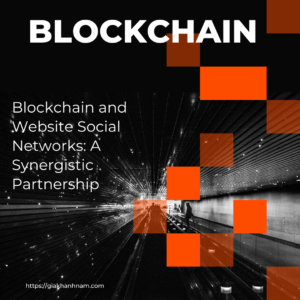





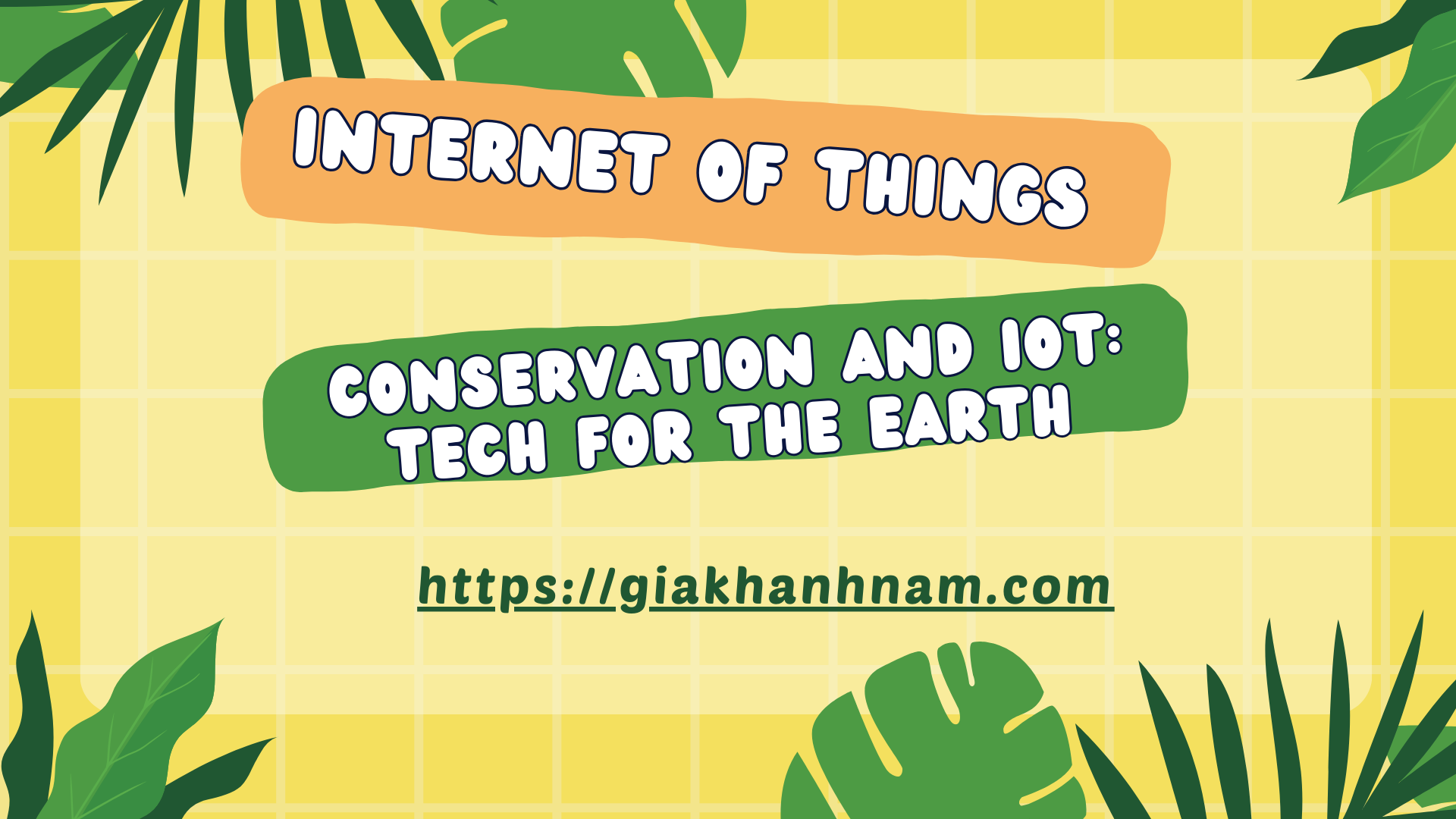
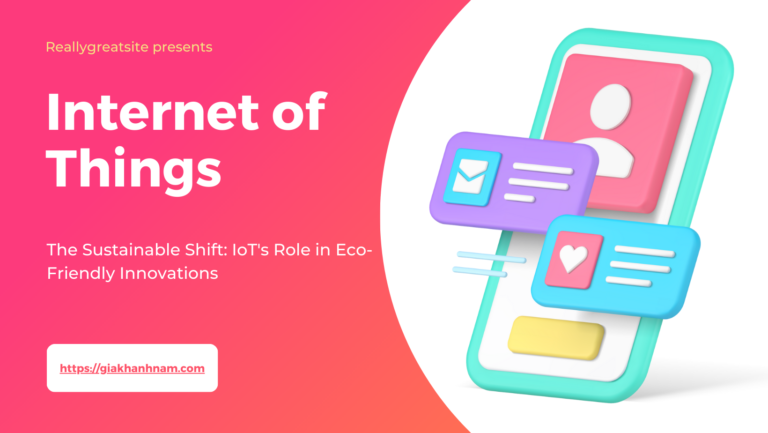

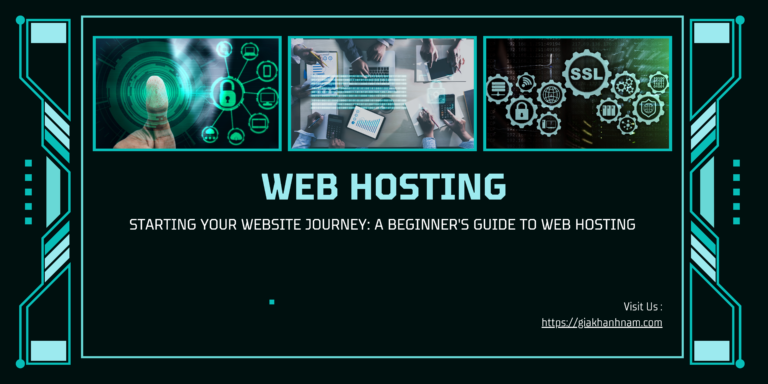

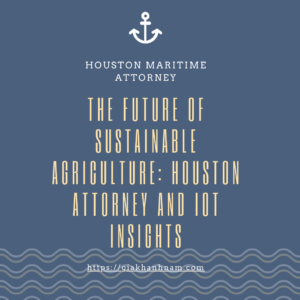
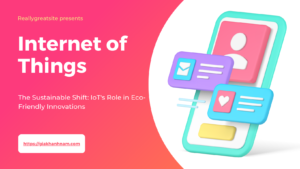
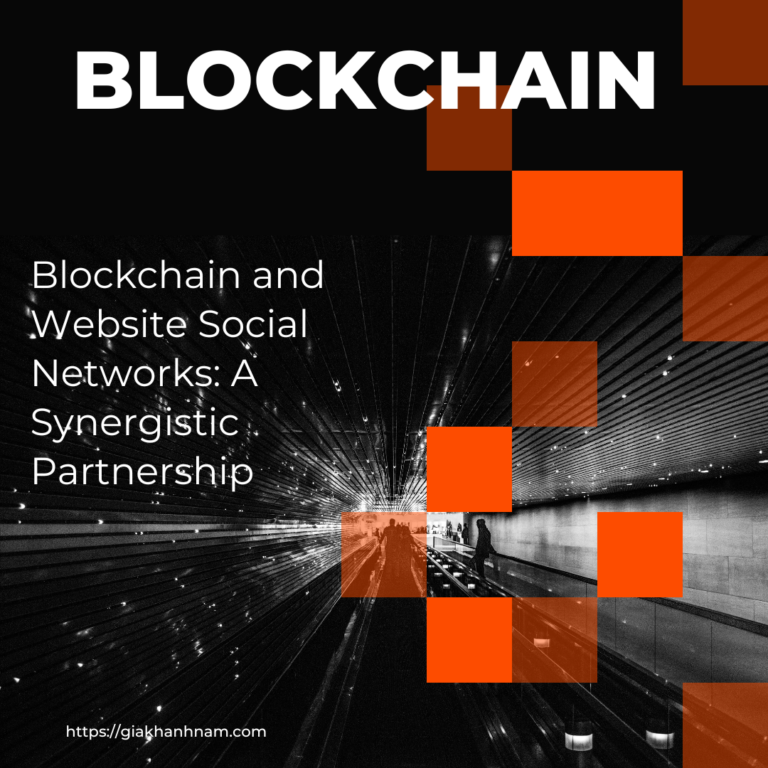




+ There are no comments
Add yours